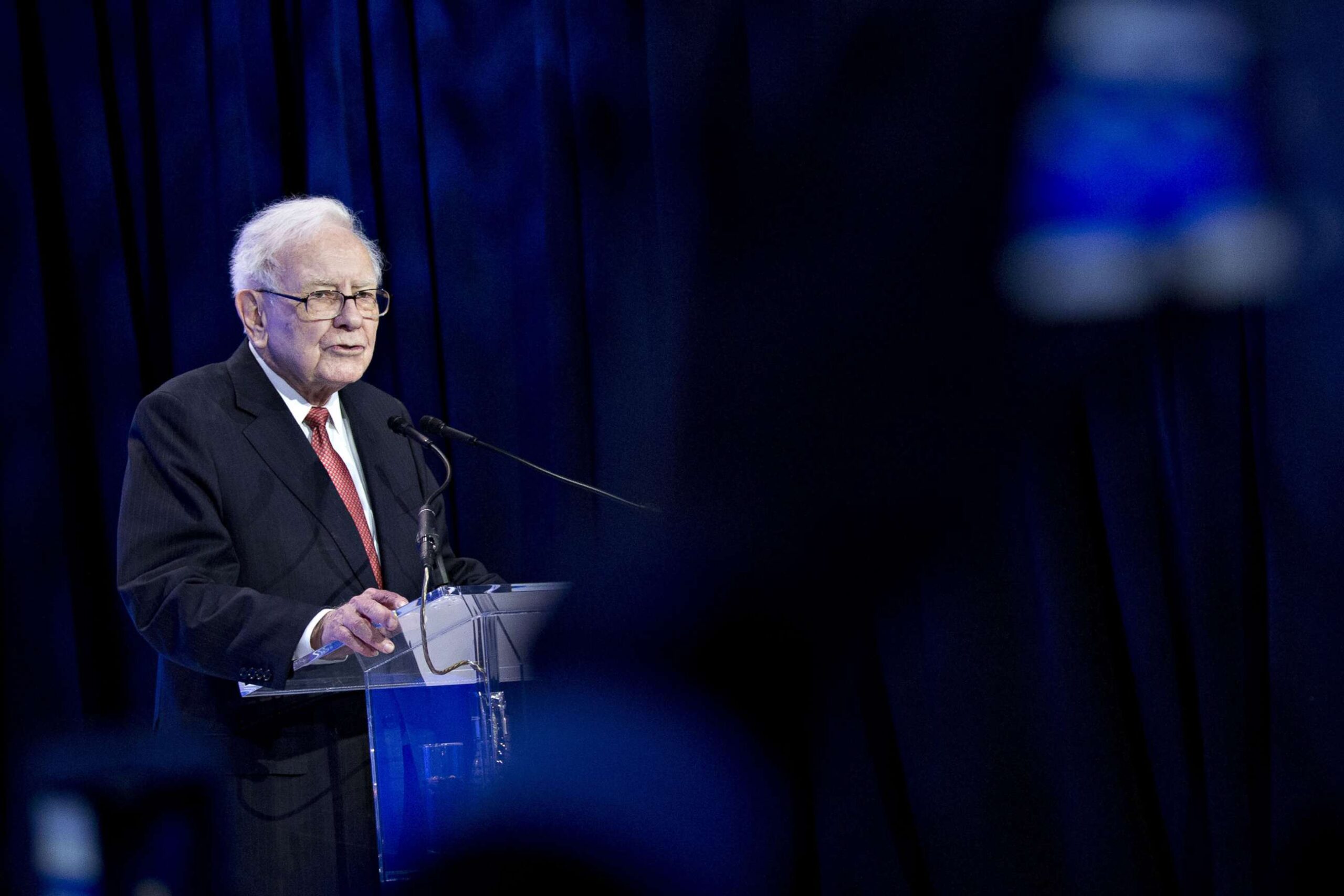Warren Buffett’s recent decision to step down as chair of Berkshire Hathaway marks the end of an era. At 93, the “Oracle of Omaha” leaves behind more than just a fortune, he leaves a blueprint. His long-term investment philosophy, plainspoken wisdom, and steady hand offer a masterclass in leadership and communication under pressure.
Today, many in our space are operating in turbulent times—grappling with shrinking budgets, donor fatigue, political volatility, and an ever-shifting media landscape. In this climate, Buffett’s example offers three enduring lessons. His legacy reminds us that calm, values-driven leadership isn’t just admirable, it’s essential. And it can guide how we communicate, especially when the path ahead is uncertain.
Keep a Long-Term View
Buffett famously ignored short-term noise in favor of long-term fundamentals. When financial markets spiraled in 2008 and fear dominated the headlines, he did the opposite of what most investors were doing: he put $5 billion into Goldman Sachs. At the time, many questioned the decision. Why place a massive bet on a company at the center of the storm? But Buffett wasn’t trying to time the market. He understood something deeper: panic is often temporary, but value endures. The investment ultimately netted Berkshire Hathaway billions and reinforced his reputation for strategic patience.
That same principle applies to communications, especially in the nonprofit world, where pressure to respond quickly and pivot constantly can erode trust over time. When every news cycle feels existential, it’s tempting to chase what’s trending. But short-term optics aren’t a substitute for long-term clarity.
Consider how Feeding America approached the fallout from federal SNAP reductions in 2024. Rather than dilute its message for political palatability, the organization reinforced its north star: ending hunger in America. It launched a content series profiling working families affected by the cuts, collaborated with local food banks to elevate regional voices, and maintained a consistent, mission-driven narrative across platforms even when critics tried to politicize the work. The communications team wasn’t chasing the moment; they were building understanding over time.
When news cycles speed up, our job is to slow down and root our storytelling in what lasts.
Communicate with Authenticity
Known for his hours-long Q&A sessions at Berkshire Hathaway’s annual shareholder meetings, Buffett fielded questions not just from financial analysts, but from students, everyday shareholders, journalists, and business leaders. He took on everything from economic forecasts to corporate ethics and personal regrets, answering with humor, humility, and candor. He didn’t dodge tough questions. He didn’t rely on jargon. He connected.
In our work, authenticity builds trust. Whether we’re talking to funders, journalists, or the communities we serve, real language, listening, and transparency go further than polished soundbites ever will. When we humanize our organizations—sharing not just wins but struggles—we invite people to walk with us, not just donate.
We’re seeing that in real time with The Trevor Project. Even as the organization faces financial headwinds and internal challenges, it has continued to speak out forcefully against rising hostility toward LGBTQ+ youth. It has published real-time data on suicide prevention call volumes and communicated the urgency of its work without retreating into silence or vague language.
Some might argue that an organization in financial distress should focus on optics or soft messaging to preserve donor confidence. But in this case, silence would feel out of step—if not irresponsible. When lives are at stake, candor becomes a necessity. The Trevor Project is doing what mission-driven organizations must do: standing up anyway. They’re building the kind of trust that outlasts any single campaign.
Use Influence for Good
Buffett didn’t just accumulate wealth—he used his platform to challenge the very system that built it. In his 2011 op-ed “Stop Coddling the Super-Rich,” he criticized the U.S. tax system for allowing him to pay a lower tax rate than his secretary. He supported the “Buffett Rule,” a proposal to ensure individuals earning over $1 million annually pay a minimum effective tax rate of 30%. And in 2010, he pledged to give away more than 99% of his fortune.
Mission-driven communicators face similar choices. Playing it safe might feel prudent, but staying silent on core issues can undermine credibility. In moments of crisis, values-based communication isn’t just strategic. It’s necessary.
Consider Moms Demand Action in the wake of the 2023 Covenant School shooting in Nashville. The tragedy occurred in Tennessee, a deeply conservative, Christian state where gun rights are tightly woven into the culture. The political risk of speaking out was real. But the organization didn’t hedge. Instead, they doubled down.
They organized rallies at the Capitol and supported students walking out of class. Their communications were clear, emotional, and urgent, not because it was comfortable, but because silence would have betrayed their mission.
Speaking out in challenging environments doesn’t always come without risk. Of course, there’s prudence required with every decision. Mission-driven communicators must weigh timing, tone, and potential consequences. But when the stakes are high, retreating into silence can send the wrong message. Courageous communication, especially in hard places, doesn’t alienate supporters. It galvanizes the ones who matter most. It builds credibility over time and moves people toward action, not just awareness.
Buffett’s retirement may close the door on one remarkable career, but the values behind his approach—clarity, consistency, courage—are anything but outdated. In a world of misinformation, distraction, and distrust, communicators need that kind of north star.
It does not take having Buffett’s wealth to implement his values into our own leadership plans:
Build trust. Think long-term. Speak plainly. Stay true.
That’s not just how you weather the storm. It’s how you lead through it.


